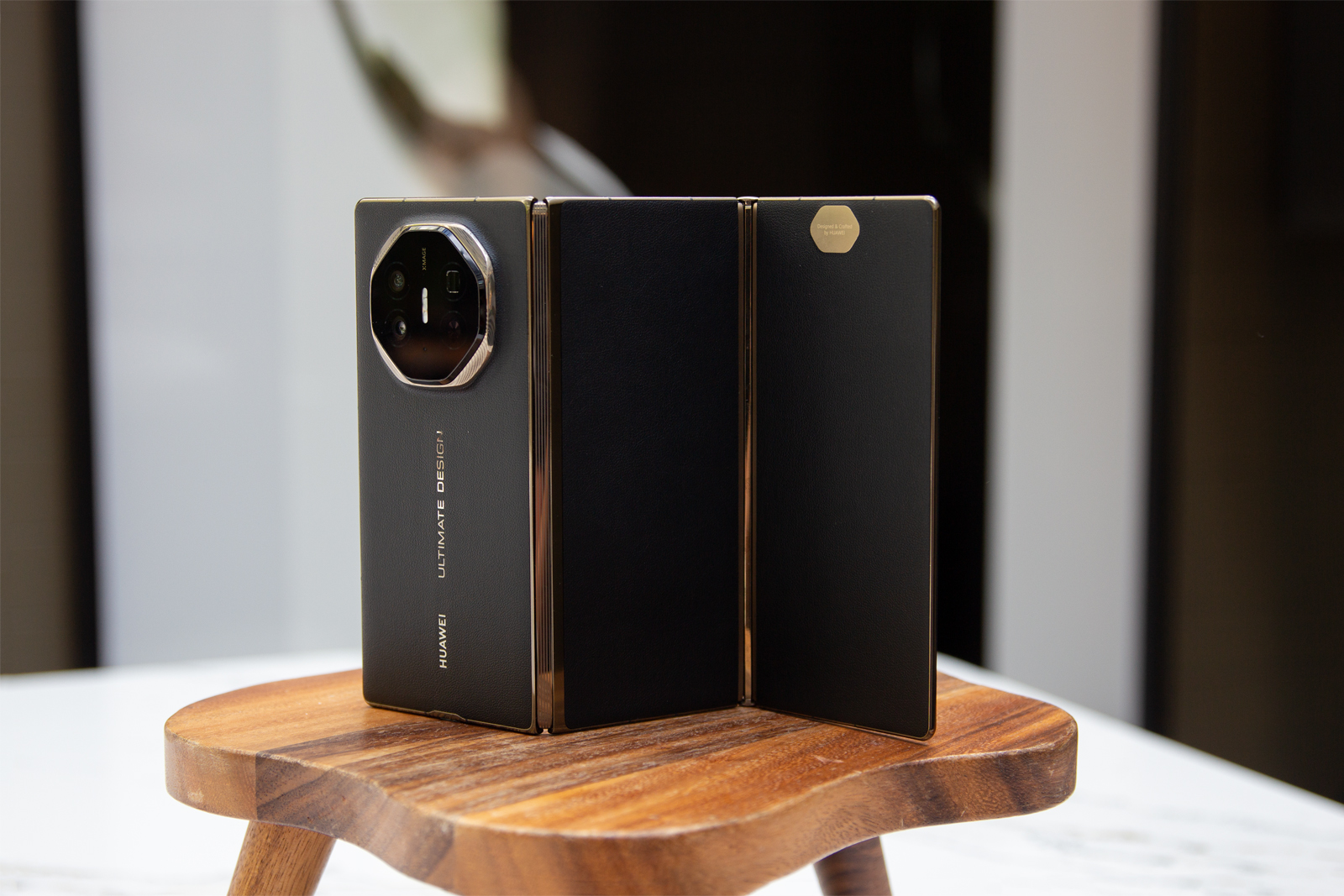Samsung is preparing to make its next move in the foldable smartphone market with the launch of its first tri-fold device, expected in late 2025. This new design will feature a screen that folds twice, offering a notable departure from the single-fold mechanism used in existing models.
Reports suggest Samsung plans an initial production run of fewer than 300,000 units, reflecting the complexity of manufacturing such an advanced device. However, the company may increase production if consumer demand proves strong.
The tri-fold smartphone is expected to be the most expensive in Samsung’s foldable lineup, a price justified by its intricate design and cutting-edge technology. The display, developed by Samsung Display, will include a mechanism that folds inward to conceal the screen when not in use. This approach aims to enhance durability by protecting the device from potential damage.
Flexibility is a key feature of the tri-fold model. Users can open one side to reveal a 10.5-inch display or extend the second fold to create a larger 12.4-inch screen. This offers adaptability for tasks ranging from casual smartphone use to productivity on a tablet-like interface.
The device will not include an under-display camera, which is a design decision likely influenced by technical constraints or the complexity of the tri-fold mechanism. While this may disappoint some users, Samsung appears focused on perfecting other aspects of the device.
The company’s move into tri-fold technology follows Huawei’s introduction of the Mate XT, a device with a dual-fold design that left the screen exposed when folded. In contrast, Samsung aims to improve on this concept by keeping its screen protected, potentially offering a more durable and user-friendly solution.

As foldable smartphones continue to gain traction, Samsung’s tri-fold device represents a significant step in the evolution of mobile technology. Its success could influence future design trends and further establish Samsung’s role as a leader in the premium smartphone segment.






























